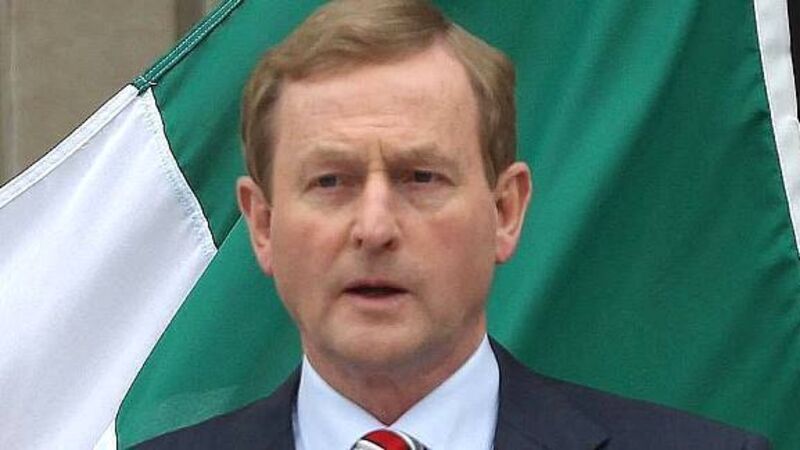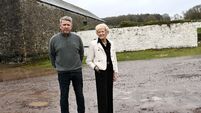Kenny: EU deal on cash for banks still stands

As EU finance ministers and leaders meet in Brussels over the coming days, Enda Kenny said a decision by EU partners on Jun 29, 2012, on retrospective bank recapitalisation “is very clear”.
He said “the decision of the possibility of direct recapitalisation still stands” but that “it will be the second half of next year before you get to a point where you can deal with these on a case-by-case basis”.
Finance Minister Michael Noonan signalled a shift in the Government’s position last week when he said the country’s debt burden can be brought down to a more sustainable level even without retrospective recapitalisation.
The economic strategy for 2014-2020 published yesterday made a one-line reference to the deal which was described in 2012 as a gamechanger by the Labour leader, Tánaiste Eamon Gilmore.
Outlining how growth can be achieved, the report says the Eurogroup has agreed that recapitalisation “may be decided on a case-by-case basis” but that “significant work remains to be done on the details of the instrument”.
Speaking at the strategy launch yesterday, Mr Noonan signalled an easier than planned budget for 2015 — the year before the next election.
He said the sum to be taken out in next year’s budget will be €2bn but “there is material around that suggests that the target will be less than that”.
“The adjustment is €2bn between tax and expenditure. We’ll see how 2014 goes. Our tax figures are quite strong already,” he said.
“Although our deficit target is of 2013 of 7.5%, we’re going to come in much better than that at the end of December.”
The Taoiseach said he hoped to see a return to full employment by 2020, which could see the country’s crippling unemployment rate of 12.5% more than halved to below 6%.
“By 2020, we aim to replace all of the 330,000 jobs that were lost during the economic crisis between 2008 and 2011 with new jobs, and in doing so, more than halve the rate of unemployment,” he said.
“I want to see to it that Government will stay the course, will work very hard, will make the decisions that are necessary to ensure a long-lasting and rich recovery — in jobs for our country and for our people.
Tánaiste Eamon Gilmore said employment levels are expected to return to around 2m by 2016, and exceed 2.1m by 2020.
He said this was a clear objective of Government.
While baseline projections predict the unemployment rate to fall to around 8% by the end of the decade, Mr Gilmore said that he was hopeful it would drop even further.
To achieve full employment, which was last enjoyed in Ireland before the onset of the financial crisis, the rate has to fall below 6%.
“The document shows that employment can grow over the next six years back to the level of the Celtic Tiger, some 2.1m jobs,” said Mr Gilmore.
“But this time we will be talking about real and sustainable jobs based on an export-led economy and not on a speculative bubble economy.”
The Government also expects to drive down its debt levels over the next six years — from the current 124% of GDP to 93%.
The European average of Government debt currently stands at around 94%.












